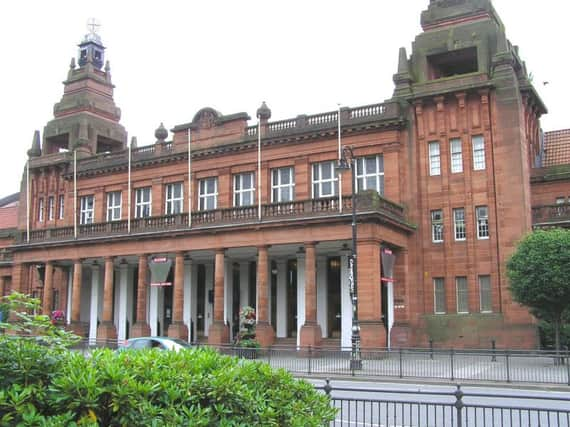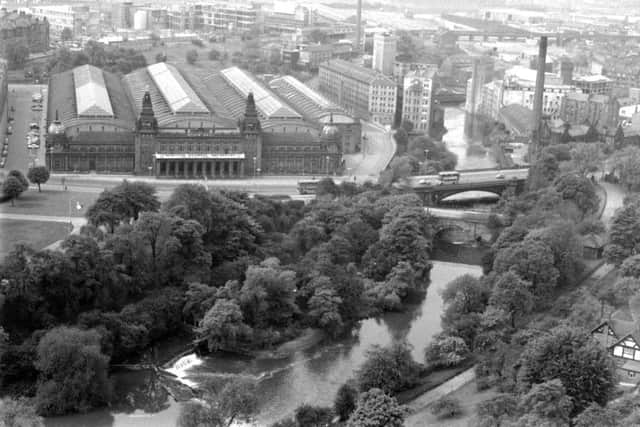Kelvin Hall redevelopment to be completed by summer


Kelvin Hall, which lies a short distance from the established Kelvingrove and Riverside museums, is being redeveloped to establish a cultural quarter which civic leaders believe will rival that of any UK city outside of London.
It will also become a research archive for students at the nearby University of Glasgow.
Advertisement
Hide AdAdvertisement
Hide AdThe exhibition centre, which first opened in 1927, was formerly a sports arena and home to Glasgow’s transport collection.


It will soon house a public sporting and museums facility, as well as becoming home to the National Library of Scotland’s Scottish Screen Archive.
The first phase of the redevelopment is due to be completed by the summer and should officially open in September.
Hollywood legend Martin Scorsese recently lent his backing to a fundraising campaign to help Scotland’s national film archive complete its move to Kelvin Hall by the autumn.
The new venue will bring several national organisations under the one roof, including the University of Glasgow, the Hunterian Museum, Glasgow Life (Museums and Sport), and the National Library of Scotland.


The Hunterian will house its new collection study and research facilities, with space for more than 1.5 million items, many of which have never been on public display and are currently stored in nine separate storage facilities around the city.
Glasgow Museums, with 400,000 objects, and Glasgow Sports will provide open public access to its collections and high-tech sporting facilities, and the National Library of Scotland will move the Scottish Screen Archive, with its entire television and film collection, to its new Kelvin Hall home.
Advertisement
Hide AdAdvertisement
Hide AdProfessor Anton Muscatelli, principal of the University of Glasgow, said: “Kelvin Hall, when it is completed, will be the best museum district outside of London.
“With Kelvingrove Museum and Art Gallery across the road and the nearby Riverside Museum, Glasgow’s west end will become a cultural corridor from the Clyde to Kelvingrove for academia and tourism, to rival South Kensington in London which is home to the V&A, the Science Museum and the Natural History Museum.”


Professor Murray Pittock, vice-principal of the University of Glasgow, said: “Kelvin Hall is a hugely exciting and unique project which brings together for the first time anywhere in the world civic organisations, higher education and national organisations under one roof.
“It will help students wanting to study at the University of Glasgow to engage through the many objects housed at Kelvin Hall, it will enable postgraduate students to train using direct access to collections and the new digital portal, with more than 200,000 images which can be utilised for research purposes. It will be a world leading facility and is excellence available to all.”
It is planned that the second phase of the Kelvin Hall redevelopment will turn the 16,000sq metres hall, which once housed the former Transport Museum, into the a new home for the Hunterian museum by 2020.